
UNDERSTANDING Time in Range
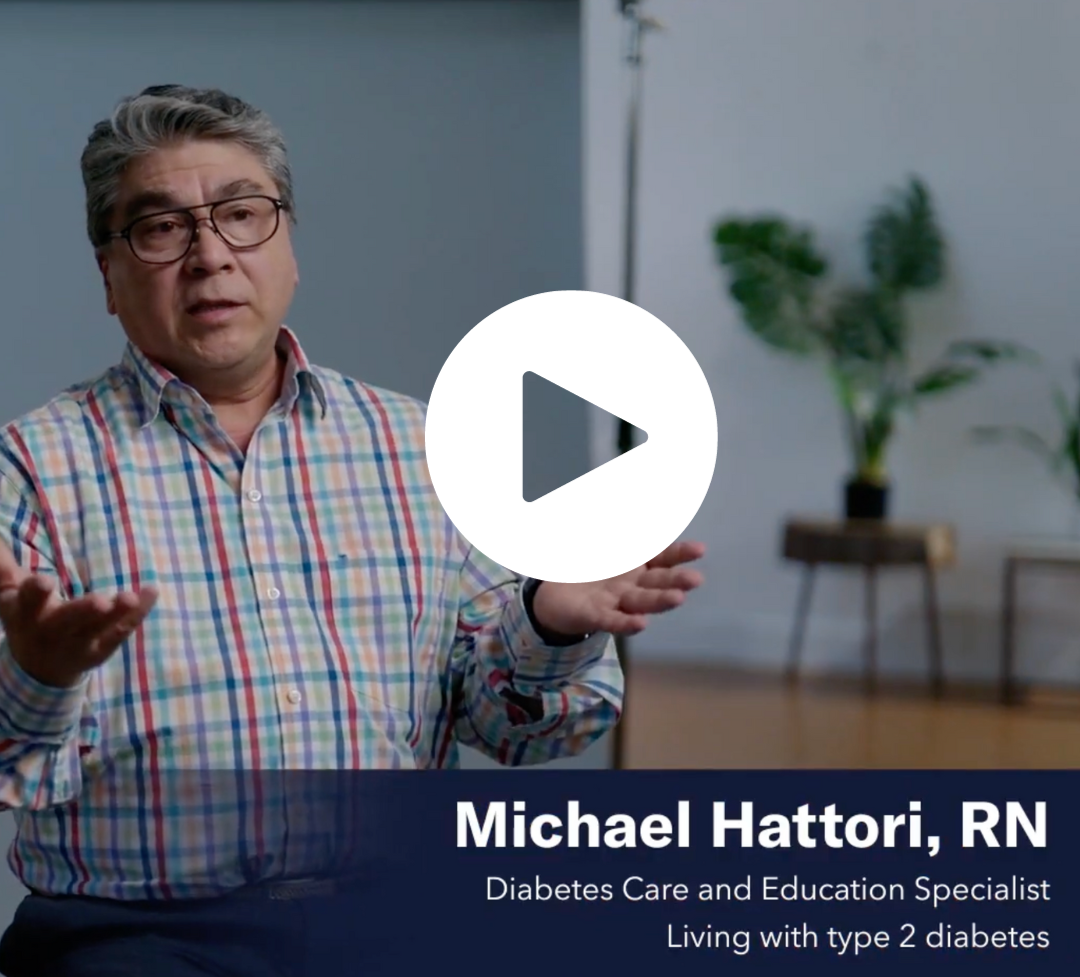

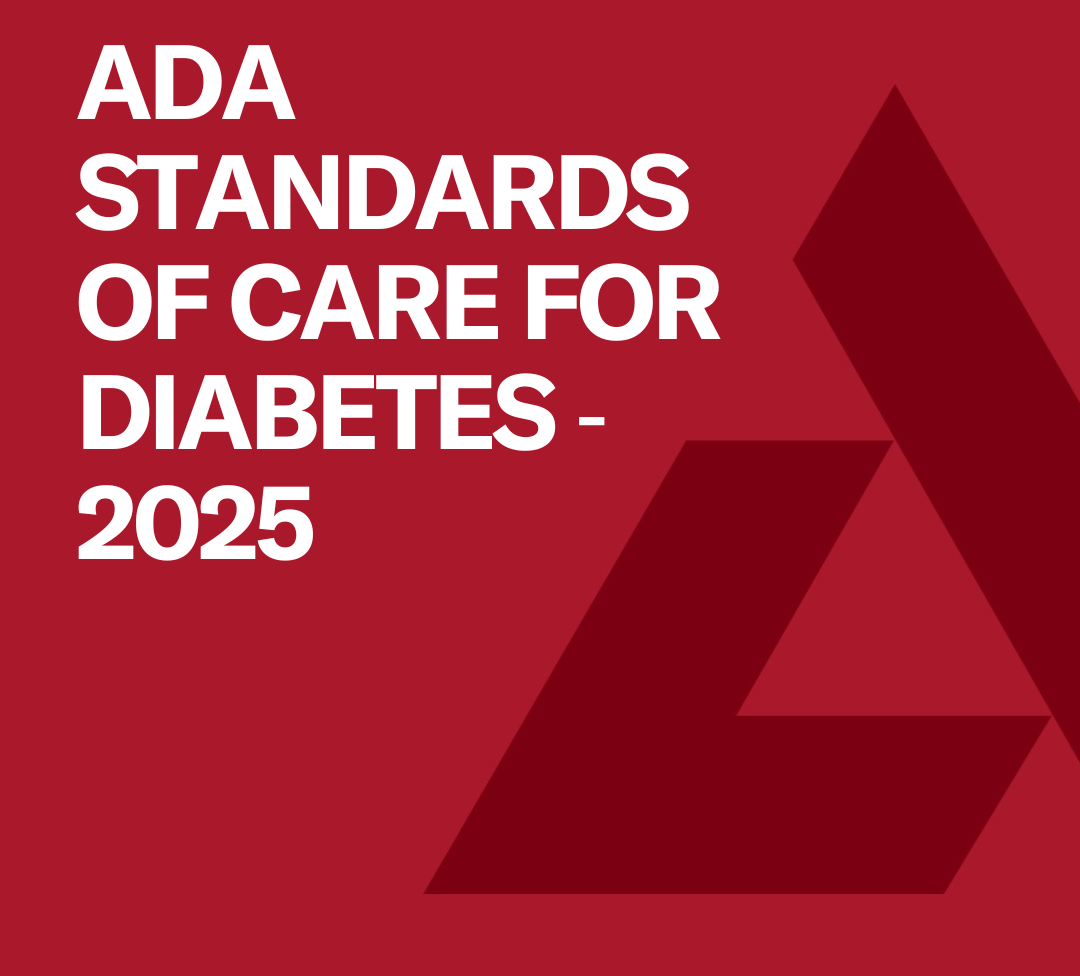
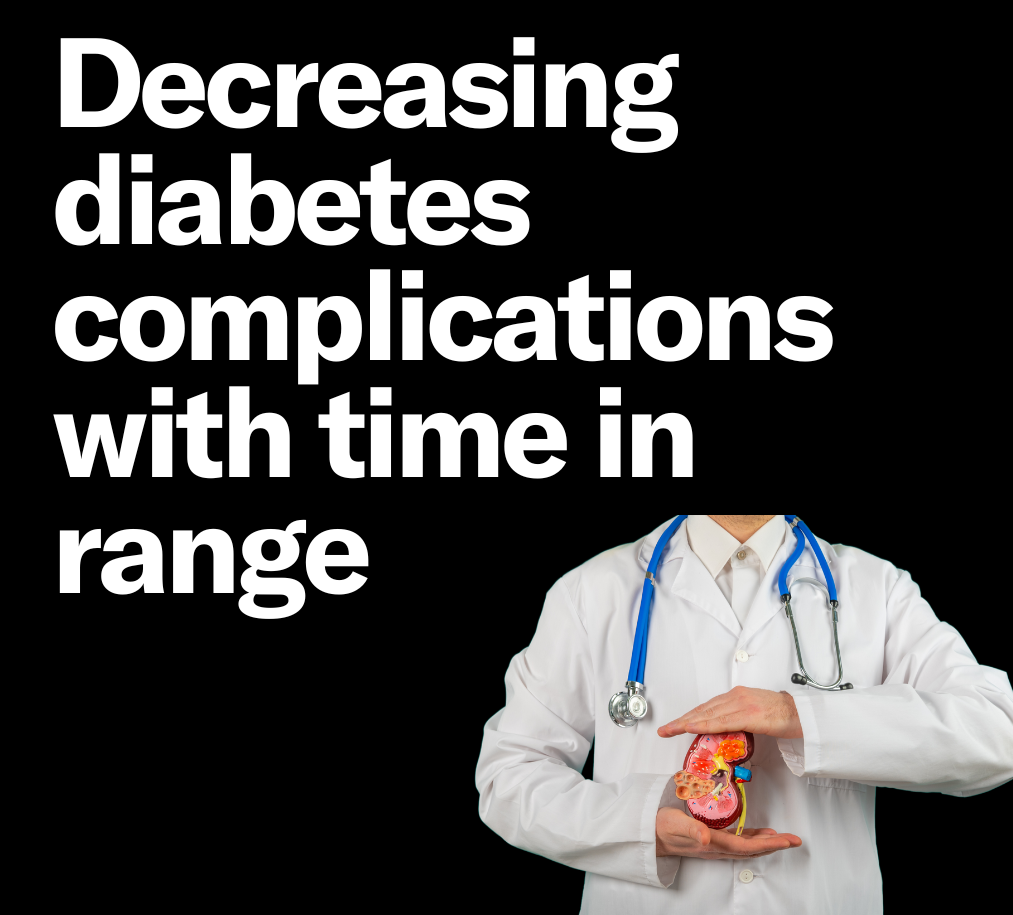

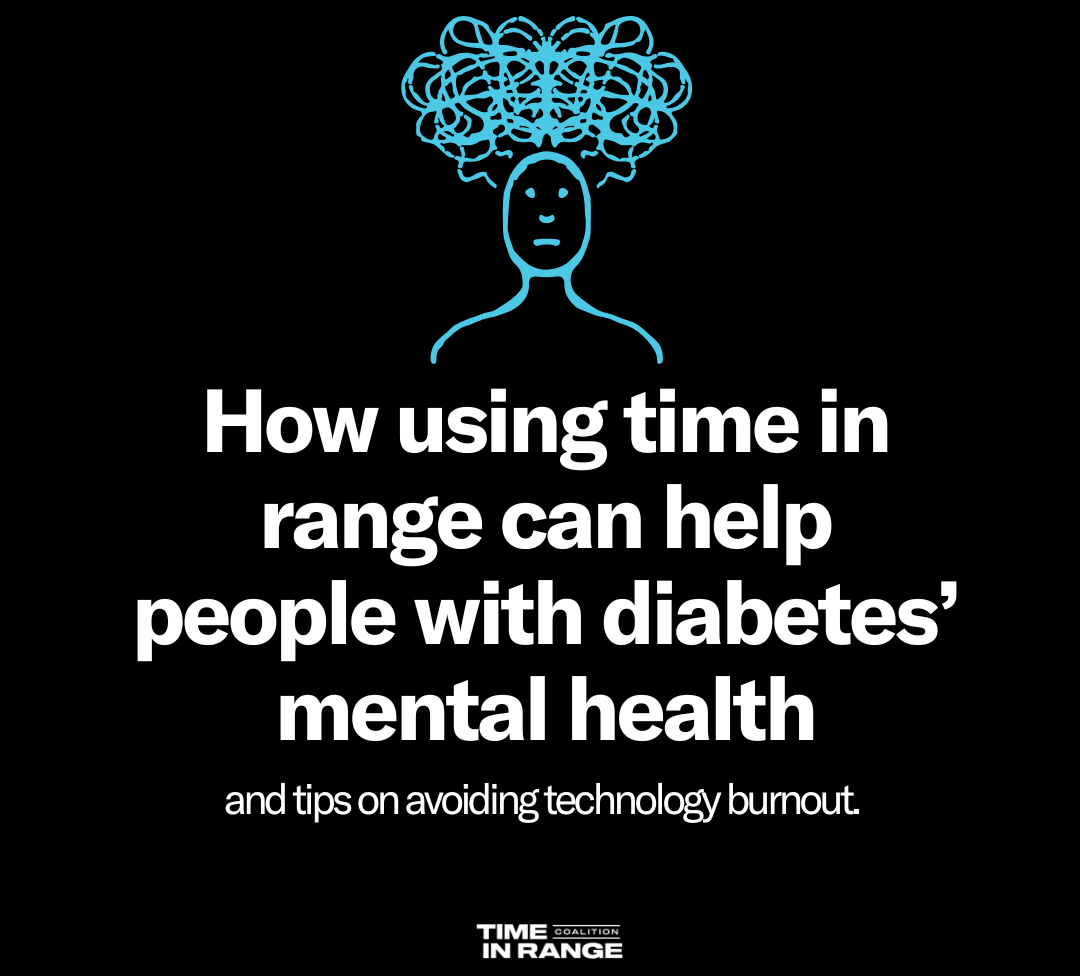










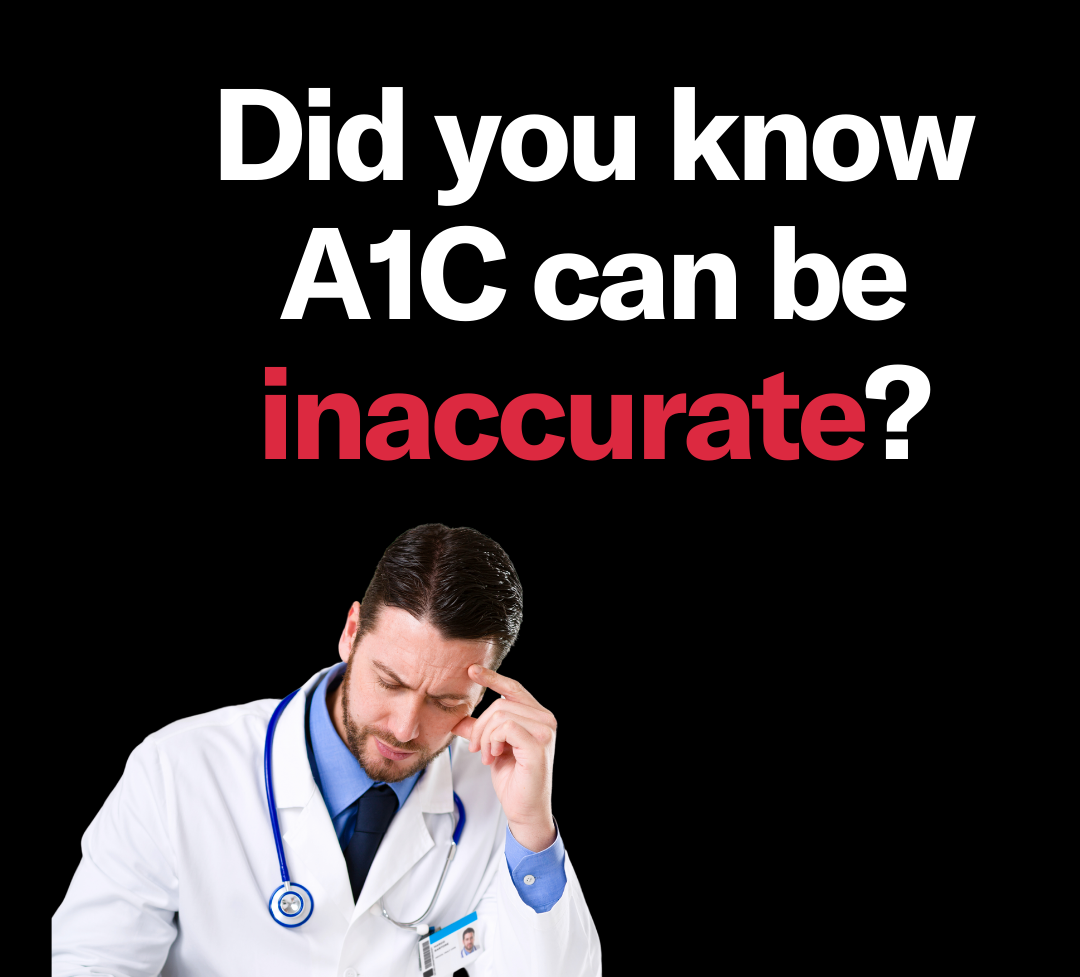
FAQS ABOUT TIME IN RANGE
“Time in Range” (TIR) is a clinical metric showing the percentage of time a person with diabetes (PWD) spends within their established glycemic target levels. The range will vary depending on the person, but internationally established guidelines often mean a range of 70 to 180 mg/dl.
TIR metrics include five levels. Beginning with Time in Range, the goal is to have a PWD spend 70%+ or 17 hours of his/her day between 70 to 180 mg/dl. Times Below Range (TBR) encompass level 1 hypoglycemia (70-55 mg/dl) designated as TBR Low and level 2 hypoglycemia (54 mg/dl and below) as TBR Very Low. People with diabetes ideally will spend less than 4% (or 1 hour) in these TBR levels. Times Above Range (TAR) capture Hyperglycemic levels of 181-250 mg/dl within TAR High and above 250 as TAR Very High. Clinical guidance encourages less than 25% or six hours to be spent in these TAR levels.
Time in Range is most commonly measured by continuous glucose monitoring (CGM).
Why Is Time in Range Data Important (dQ&A 2021 research for TIRC)
- TIR provides better, more timely information
- Captures glucose variability
- Informs more focused decisions
- Helps to individualize care
Time in range is not just for treatment decisions, surveyed HCPs reported that:
- 80% use it for educating patients
- 72% use it to motivate patients
- 70% use it to increase patient engagement in their own care
The 2025 Standards of Care state that people with diabetes should be offered any kind of diabetes device, including continuous glucose monitoring (CGM). This means that whether you are treating someone with type 1, type 2, LADA, gestational, or any kind of diabetes—a CGM can be useful to daily diabetes management. Time in range is most easily found through CGM, and expanding access to CGM will expand access to time in range—which is shown to lower A1C, improve quality of life, and so much more.
The ADA Standards of Care are updated annually and include expert recommendations for treatment and management of all kinds of diabetes based on the latest evidence. The Standards of Care recognizes time in range (TIR) as a valid glycemic assessment in people with diabetes (6.1) associated with the risk of microvascular complications and acknowledges time below range and time above range as useful parameters for evaluating treatment. It also recognizes the limitations of A1C—and highlights that A1C does not provide a measure of glycemic variability or hypoglycemia. You can find summaries on past Standards of Care and their parameters around time in range by clicking here.
In 2021, the New England Journal of Medicine reported that only 50.5% of people with diabetes in the US were achieving an A1c level that would correlate with reduced complications. People with diabetes and their healthcare teams need more information to make clinical decisions to improve these outcomes.
Time in Range is a complement to A1C’s average 2-3 month glucose measurement for reducing complication risks, because it captures time spent in various blood glucose ranges throughout the day as opposed to an average overtime.
To illustrate the limitations of A1C and the advantages of Time in Range, see the graphic below that shows three different PWD – all with the same average glucose (154 mg/dl) and the same A1C (7%). However, time spent with high, low, and in-range blood glucose values are markedly different: the first person has a rollercoaster of dangerous highs and lows, the second has moderate variability with fewer highs and lows, and the third person has little variability with all time spent in-range.
Anyone with diabetes.
Time in Range is a new way for anyone to manage their glycemic levels to improve their outcomes. TIR captures daily glucose variability as well as behavioral cause-and-effect information. This information helps to inform decisions and individualize care. Research conducted by dQ&A showed that:
- 80% of HCPs used TIR to educate patients
- 72% of HCPs used TIR to motivate patients
- 70% of HCPs used TIR to increase patient engagement in their own care
Latest Research
People With Diabetes
Topic
-
How CGMs work (multi-language guides)This guide tells you about continuous glucose monitors (CGM) and how using them can help you manage your diabetes....
-
AACE's Prescription Affordability Resource CenterFind programs to assist in the affordability of your CGM...
-
Diabetes Dialogue: Establishing Time in Range as a Primary Glucose MetricIn this 20-minute episode, the group discusses the history of time in range, offers perspective on its utility as a glucose metric. ...
-
Association between sleep variability and time in range of glucose levels in patients with type 1 diabetes: Cross-sectional study (Paywalled)Greater sleep timing variability is independently associated with less time spent in the desirable glucose range in this T1D cohort....